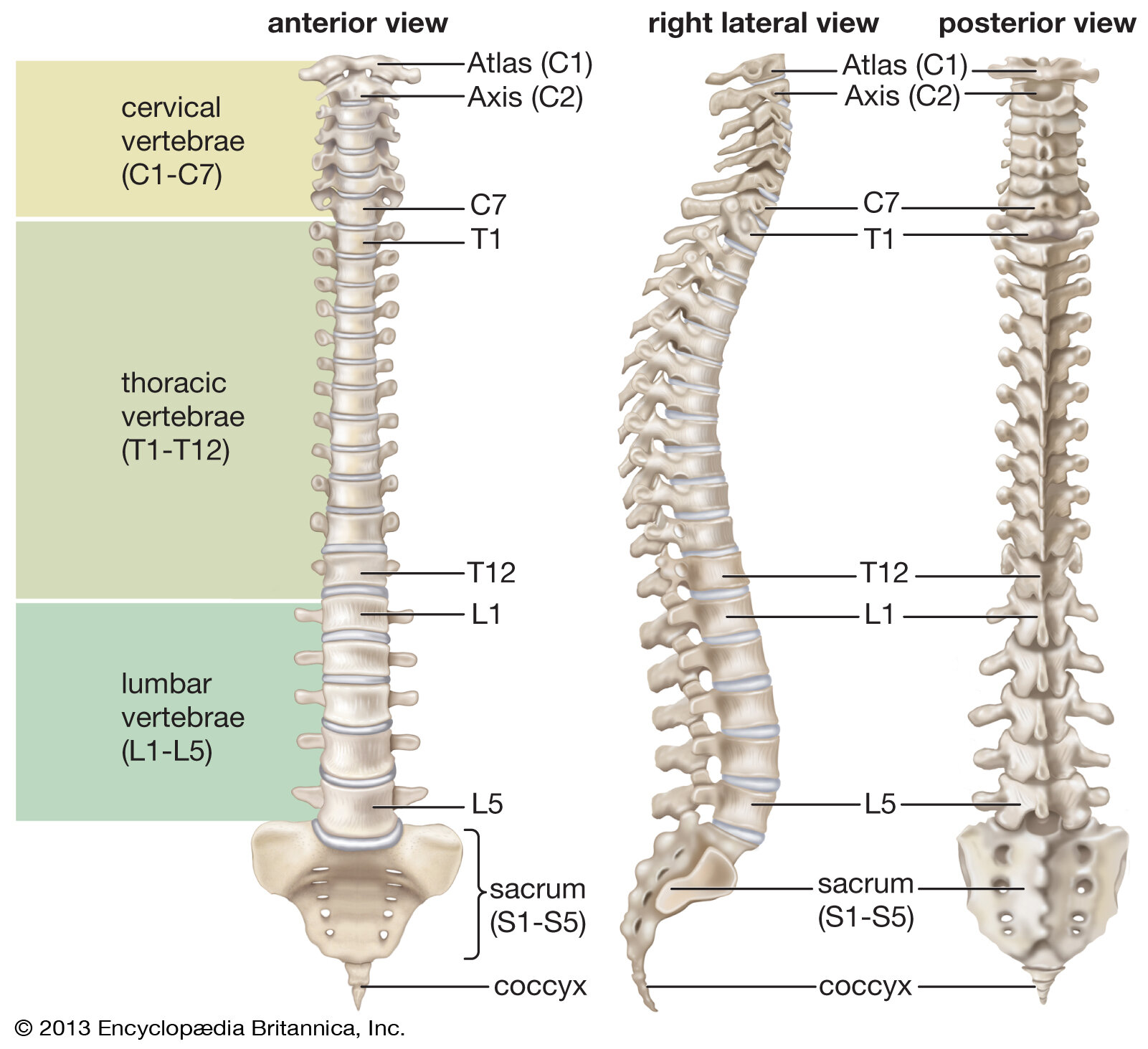"Normal" Lumbar Curves, Posture, and CBP
Some people may question the importance of a “normal” lumbar curve, as well as why DCs who implement the techniques of Chiropractic BioPhysics (such as myself at Living Well Chiropractic) claim that restoring a spine to its ideal curvature is beneficial.
Firstly, many studies have been conducted to determine how hypolordosis (decreased inward curvature of the spine) can lead to lower back pain (LBP) and other spinal dysfunction. A review and meta-analysis of 13 such studies (consisting of 796 patients with LBP compared to 927 healthy “control” patients) determined that there is “a strong relationship between LBP and decreased LLC [lumbar lordotic curve], especially when compared with age-matched healthy controls. Among specific diseases, LBP by disc herniation or degeneration was shown to be substantially associated with the loss of LLC.”
Another review article looked at 12 studies including 5,459 participants and found that lumbar hypolordosis was associated with an increased risk of developing lower back pain. Extensive review of the data shows that a normal lumbar curve - one that exhibits a normal lordosis - is clearly connected to a healthier, more functional spine. Posture is a huge factor in lordosis; just imagine how your spinal curve will be affected if you’re constantly living your life with bad posture!
There is a vast amount of evidence that restoring the spine to its ideal curve can relieve pain and disability. Chiropractic care has been proven to be the best way to restore the spine’s normal curvature, which can not only reverse hypolordosis but, more importantly, lead to a higher overall quality of life.


